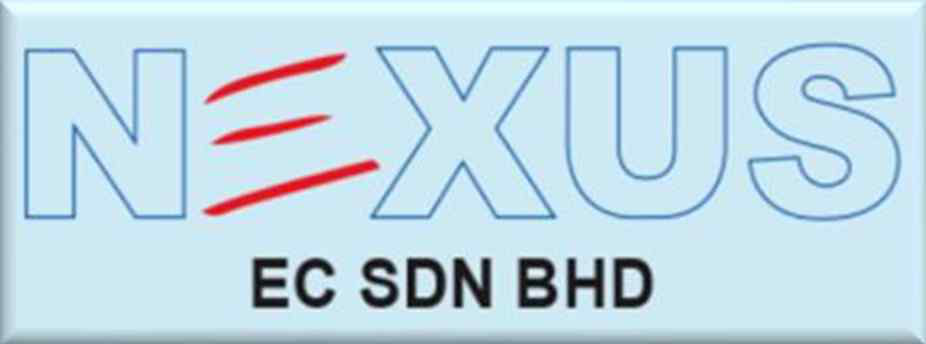3rd Generation Flood Mitigation
Conventional Flood Mitigation Methods
Current flood mitigation measures generally involve the construction of monsoon drains, flood walls, floodgates, river dykes or bunds, weirs, diversion culverts or dams based on site suitability and the characteristics of river. Sometimes, rivers are dug deeper to increase the water holding and flow capacity.

Flood Mitigation Classification
The conventional methods can be classified as 1st and 2nd generation. The 1st generation mainly consist of river widening, deepening, strengthening, off river storage or earth detention ponds. On the other hand, the 2nd generation flood mitigation was developed when the concrete and steel technology started to dominate the construction industry. The second generation of flood mitigation consist of deep detention ponds, underground diversion culverts and tunnels.
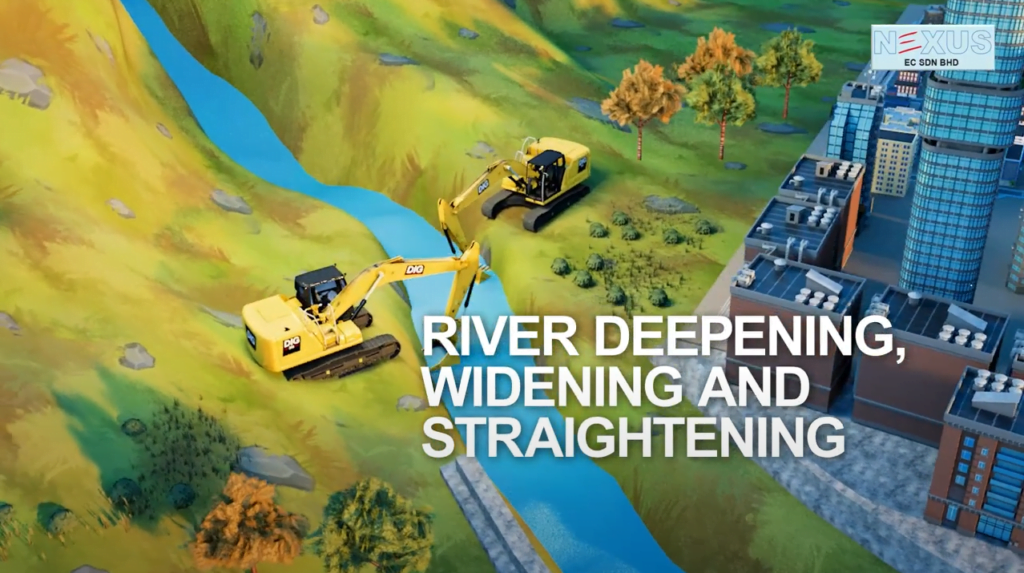
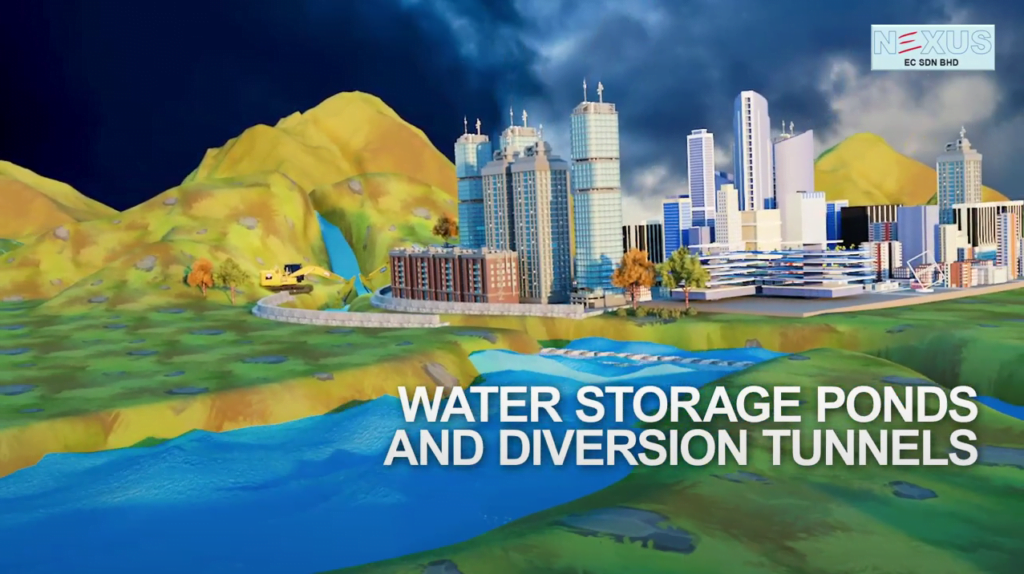
3rd Generation Flood Mitigation Method
Hence in order to address the flood caused by the above factors, the third-generation flood mitigation systems were developed which is required to channel the excess flood water directly towards the sea by elevating the flood water above the high tide levels or storm surge levels before discharging to the sea.
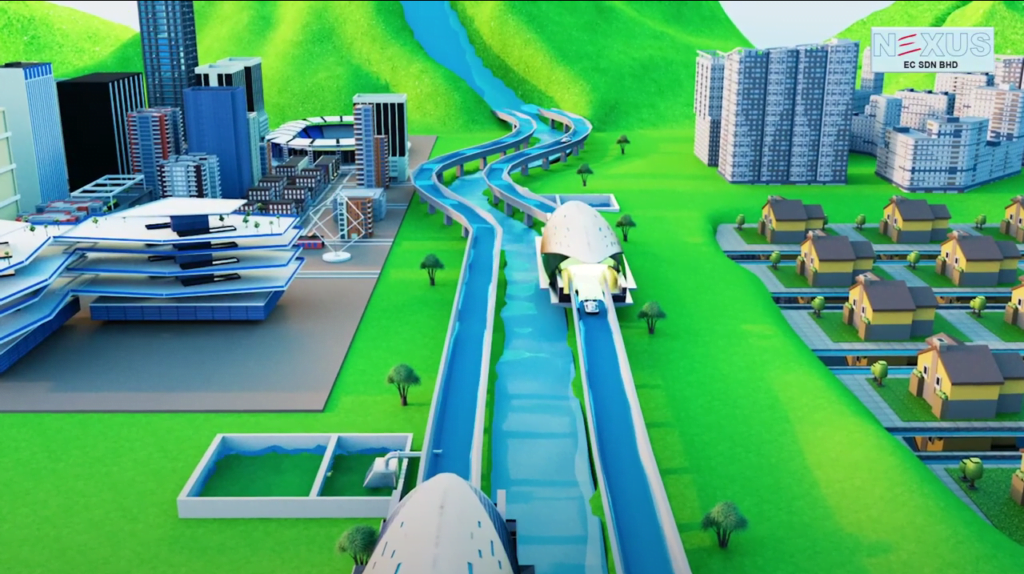
The system will act as reliable failure proof mechanism to defend the low laying areas which are subject to flooding when the heavy rainfall occurs during sea surge. If well managed and implemented, the system will be the third-generation flood mitigation system which will contribute in saving lives and reducing the potential loss of the properties and economy of a country. The suffering of poor people who are victims of flood cause by global warming and rise in sea water levels can be eliminated or reduced significantly by using this innovative of third generation flood mitigation works. The system can also be used to solve water shortages by supplying water, recharging ground water and also used for irrigation.
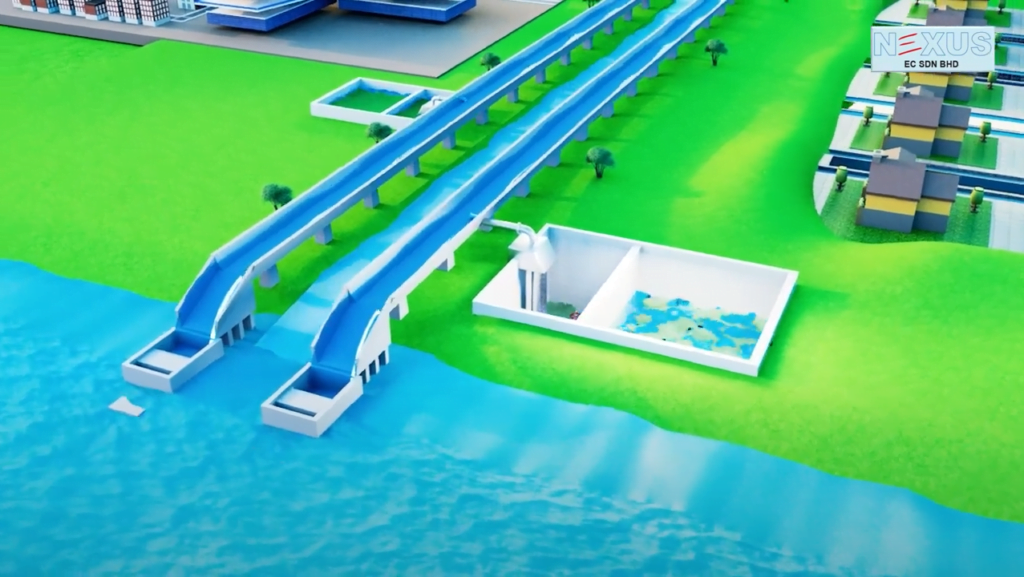
To conclude, the 1st and 2nd generation flood mitigation methods have some limitations, such as storage capacity, and discharge invert levels which have a limited functional duration during prolong rainfall. Both 1st and 2nd generation flood mitigation have limited functionality when the sea water rises and extraordinary high tide effect take place. The current global crises of sea water rise and extreme weathers conditions make the 1st and 2nd generation flood mitigation less effective, as the system depends on secondary support components such as pump.

